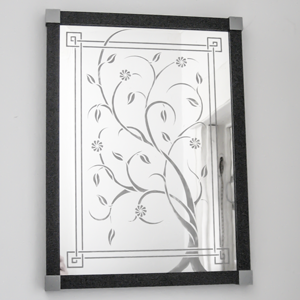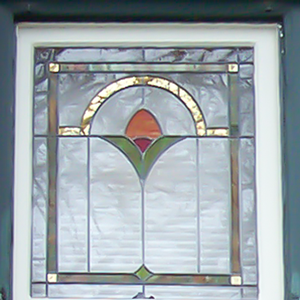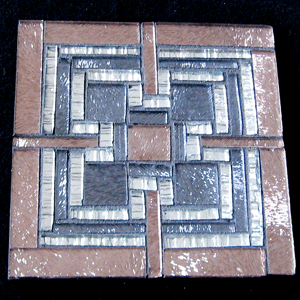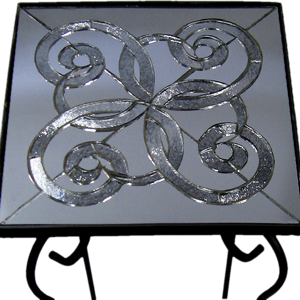Working with Metal Layers
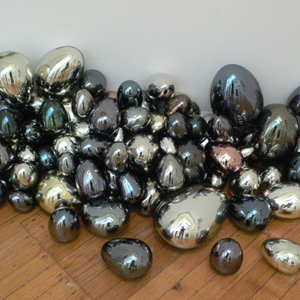

You can layer one metal over another using the four basic metal colors - silver, gold, copper and black (galena)- to create new colors and shades. The Angel Gilding process uses two layers, silver and gold, to make a gold mirror.
Many thanks to Ben Dombey for allowing us to show the blown glass sculpture he created while at Tulane University.
Rules for Layered Mirroring
- Work in layers. Mixing the chemicals for two different together does not work (see note below).
- Rinse the glass well between layers to avoid chemical mixing.
- Use Tin for Silver or Sensitizer for 2-Part Silver if the first layer is silver; otherwise use Tin for Gold.
- Gold and silver take the place of Palladium Sensitizer for copper and galena mirrors.
- Keep the first layer thin or the second layer will not show through.
- A single heavy deposit is likely to peel off the glass.
- Create your layers in this sequence: gold, silver, copper and galena. While this order is not strictly necessary (it depends on how creative you feel) we should warn you that sometimes the second layer will cause the first layer to peel off the glass.
Note: The chemistry does not work if you try mixing two types of mirroring chemicals together - for instance mixing silver with gold - before you pour them on the glass. The only thing you get is a useless mess that will not form a mirror. There are no explosions or fumes – just mess. Add the result to your waste bucket and start over.
Possible Combinations
Gold + Silver = Angel Gilding = a gold mirror
The depth or “karat” of the gold depends on the number of gold layers. One layer is pale 18 karat gold. Two layers are true 24 karat gold. Three layers look dark and might peel off the glass when you rinse it.
Gold + Copper = a sunrise mirror
The effect is very beautiful. The final color depends on the thickness of the gold layer. With a heavy gold layer, you get a warm, rich gold. With a thinner gold layer, you get a warm copper color.
Silver + Copper = a pale peach mirror
Copper chemicals will “eat” a heavy layer of silver. We suggest that you “flash silver” the glass - let the silver deposit for just 30 seconds - and then pour it off. Rinse the glass and apply the copper.
Silver + Galena = a black-silver mirror
Galena chemicals contain sulfur that will tarnish the silver but they do not “eat” it as the copper chemicals do. On the other hand, the sulfur tarnish does not always show up on the front surface of the mirror. For a silver/black mirror, “flash silver” the glass, rinse it and then deposit the galena.
Gold + Galena = a black-gold mirror
Since gold is translucent you can use two layers of gold and the galena will still show through. The gold effect is subtle but a black/gold mirror is very different from a pure galena mirror.
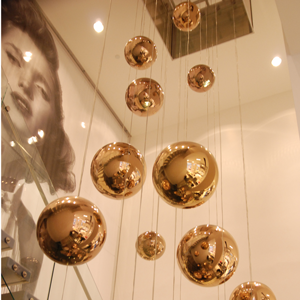

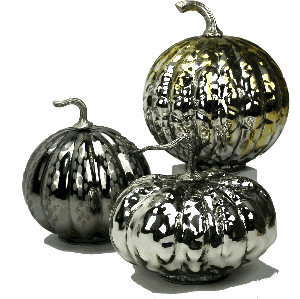

Try It Yourself
The combinations listed here are tried and true. You can certainly try other combinations. Silver over a “flash layer” of galena on glue-chipped glass gives a wonderful antique silver effect.
Keep in mind that if you layer one metal over another you do not need to apply any sensitizers in between. Metal bonds to metal so the second metal will bond over the top of the other without the usual "glue" step of a sensitizer needed.
Take Notes!
We make our sample pieces on 6” x 6” squares – big enough to see the results but small enough to conserve our supplies. Number the front of each piece and note down every step of the process or you will never be able to duplicate the results. How do we know? Been there, done that.
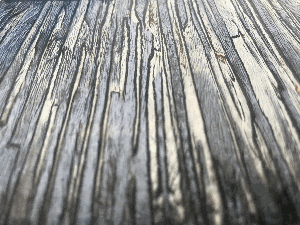

This is Pilkington's Cotswold glass. It was first silvered, then carefully rubbed to remove the silver off the top texture of the glass. It was then galena mirrored, resulting in this two tone effect. The end result emphasizes the texture of the glass in a truly remarkable way! credit: Sarah King



